Mr. Ho Quang Cua informed a reporter from Dan Viet newspaper that the ST25 rice variety yields high productivity when grown in shrimp ponds in the Ca Mau peninsula region using a shrimp-rice rotation model. During the production process, the water must be drained three times.
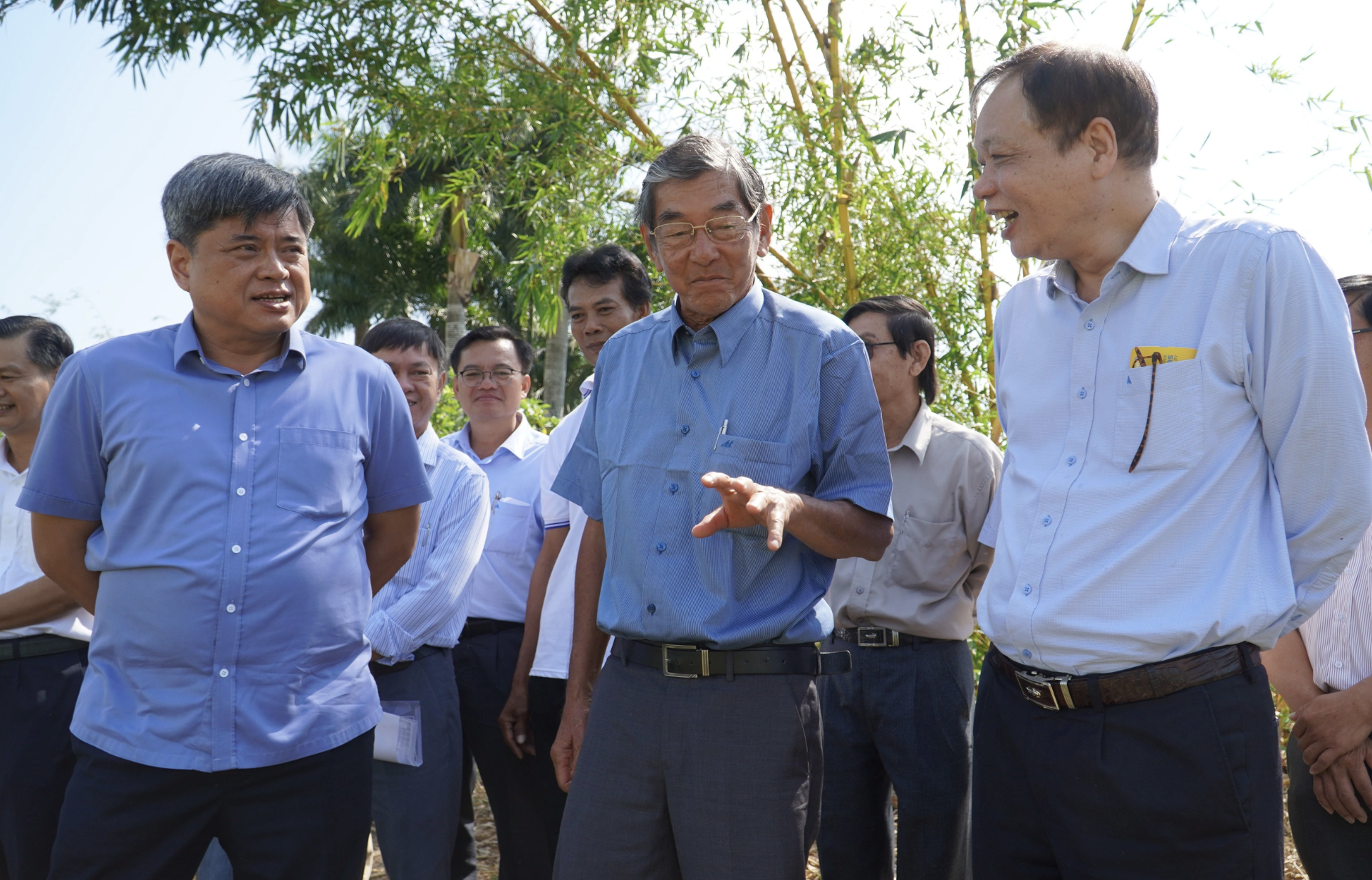
Mr. Ho Quang Cua (center) discusses ST 25 rice variety with the Ministry of Agriculture and Rural Development and related units. Photo: Huynh Xay
"In this Ca Mau peninsula region, to achieve high yields of ST 25 rice, it is essential to drain the water three times during cultivation, with the most important step being draining the water mid-season. This ST 25 rice cultivation technique not only helps achieve high yields but also produces delicious and fragrant rice," Mr. Cua said.
Mr. Cua recounted that, with the technique of draining the water, in some areas, groups of farmers and cooperatives harvested ST25 rice and earned 90 million VND/ha.
The ST25 rice cultivation technique he mentioned also makes harvesting easier at the end of the season, as combine harvesters can now enter the field (without getting stuck) to cut the rice, instead of having to cut it by hand (which doesn't drain the water during the planting process).
According to the creator of ST25 rice, draining the water from the fields using this technique also reduces greenhouse gas emissions, in line with the direction of the 1 million hectare high-quality rice project in the Mekong Delta that the Ministry of Agriculture and Rural Development is beginning to implement.
He emphasized that the less greenhouse gas emissions rice produces, the better the rice tastes. Currently, the Ca Mau peninsula region has up to 200,000 hectares suitable for growing ST25 rice, which is very promising.
Mr. Cua shared: "This ST25 rice cultivation technique is both adaptable to climate change and in line with government policies, increasing people's income."
According to Mr. Cua, to produce delicious, fragrant ST25 rice with high yields, farmers should avoid sowing too densely. Instead, they should sow sparsely according to the correct procedure, a solution he has developed for his rice crop.
"Having participated in the international competition seven times recently, I've noticed that in years when it rains heavily in the northeastern region of Thailand, the country's rice fails to thrive. The reason is that too much water results in rice that isn't tasty and lacks aroma," Mr. Cua further explained.
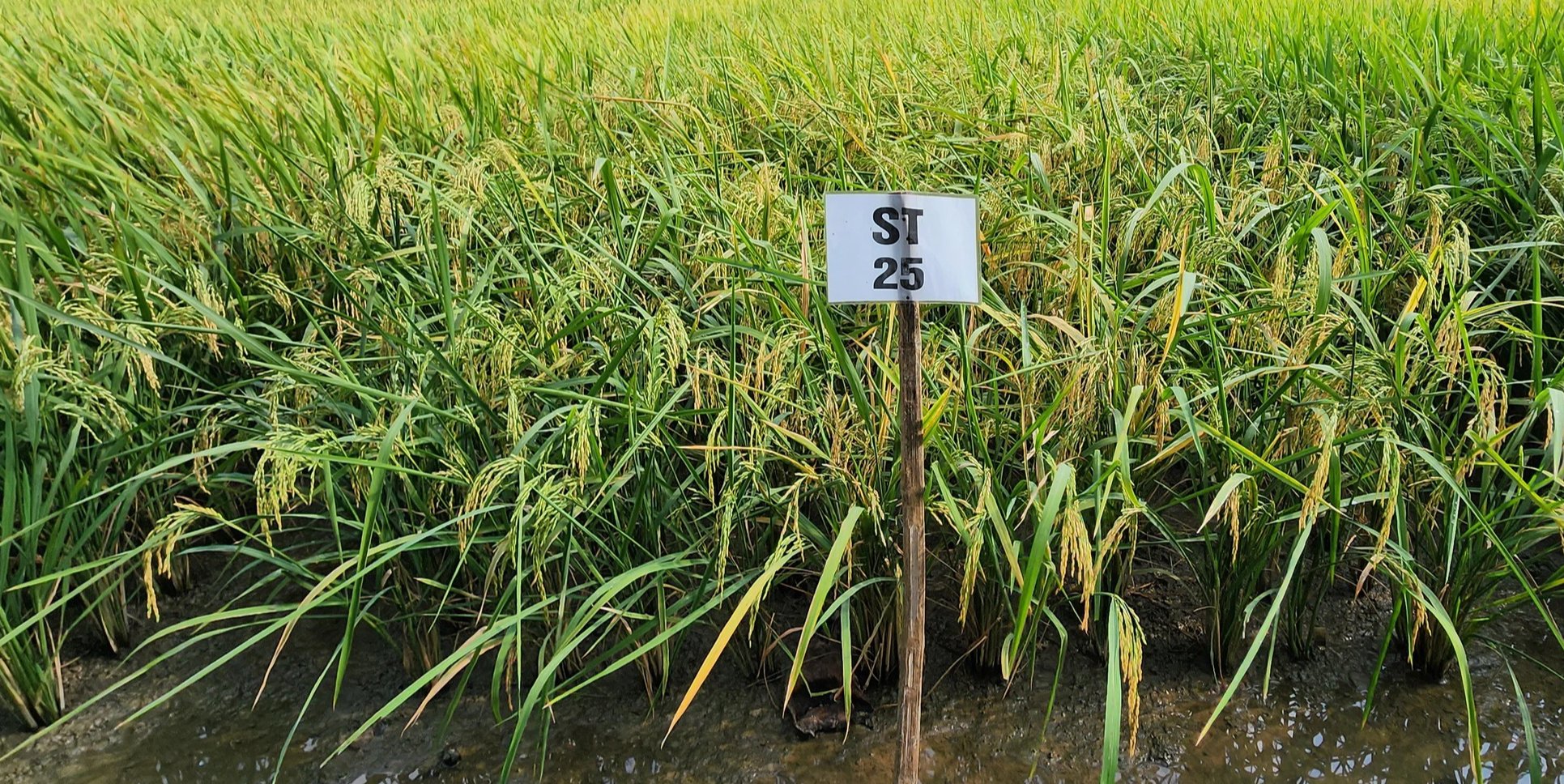
According to Mr. Ho Quang Cua, ST25 rice grown in the Ca Mau peninsula region, using the technique of draining water during cultivation, has achieved 90 million VND/ha, producing rice that is both delicious and fragrant, while reducing greenhouse gas emissions. Photo: Huynh Xay
The ST25 rice variety is known for its sturdy stems and good disease resistance. ST25 rice has long, translucent white grains with no chalky centers, and when cooked, it has a subtle aroma reminiscent of pandan leaves, blended with the delicate and captivating fragrance of young rice grains.
The rice grains are dry, soft, very sticky, and have a slight chewiness; the longer you chew, the sweeter and richer the flavor from the rice starch becomes. Notably, ST25 rice retains its soft and sticky texture even when cooled.
Recently, in Soc Trang , Deputy Minister of Agriculture and Rural Development Tran Thanh Nam held a meeting with Mr. Cua. During the meeting, Mr. Nam stated that ST 25 rice is a high-quality rice variety that already has a brand name, and the next step should be to develop it into a national rice brand.
"For a long time, Mr. Cua's company has also been developing processes and solutions to reduce emissions from rice cultivation in the fields. Meanwhile, the Ministry of Agriculture and Rural Development is researching the development of a trademark for high-quality, low-emission Vietnamese rice, and ST25 rice almost fully meets the standards," Mr. Nam said.
Therefore, Mr. Nam instructed the subordinate units to review and support Mr. Cua in creating a national rice brand.
Mr. Nam added that in the 1 million hectare high-quality rice project, measuring for carbon credit payment is not the main issue, only a part of it; the more important factor is the issue of product branding.
"It is the 'low-emission rice' label that truly enhances the value of Vietnamese rice," said the Deputy Minister of Agriculture and Rural Development.
Source







![[Photo] Prime Minister Pham Minh Chinh presides over a meeting on private sector economic development.](/_next/image?url=https%3A%2F%2Fvphoto.vietnam.vn%2Fthumb%2F1200x675%2Fvietnam%2Fresource%2FIMAGE%2F2025%2F12%2F20%2F1766237501876_thiet-ke-chua-co-ten-40-png.webp&w=3840&q=75)


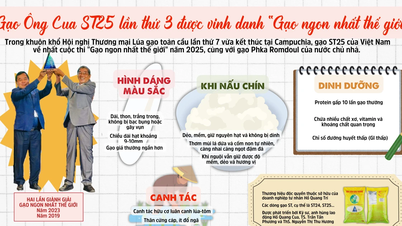

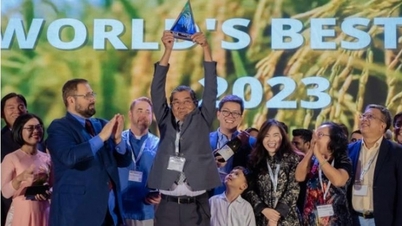

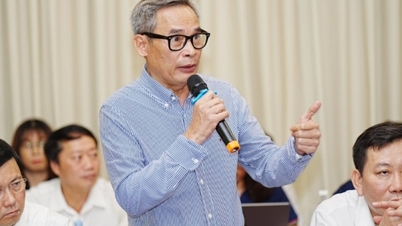
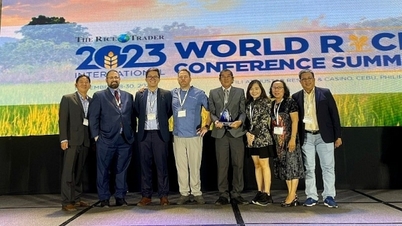
















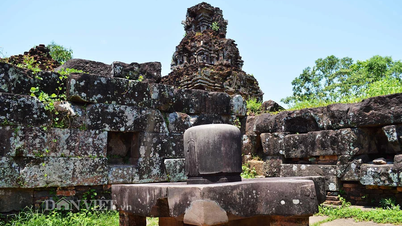
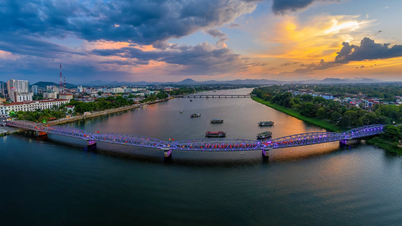
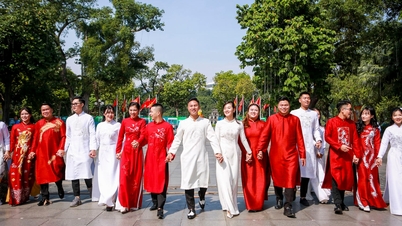




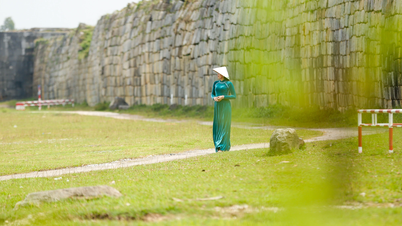

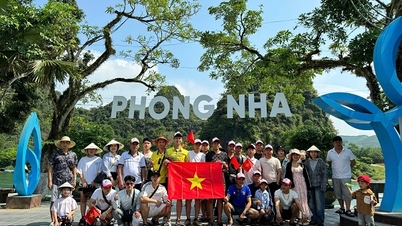
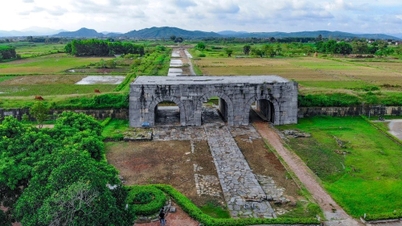





























































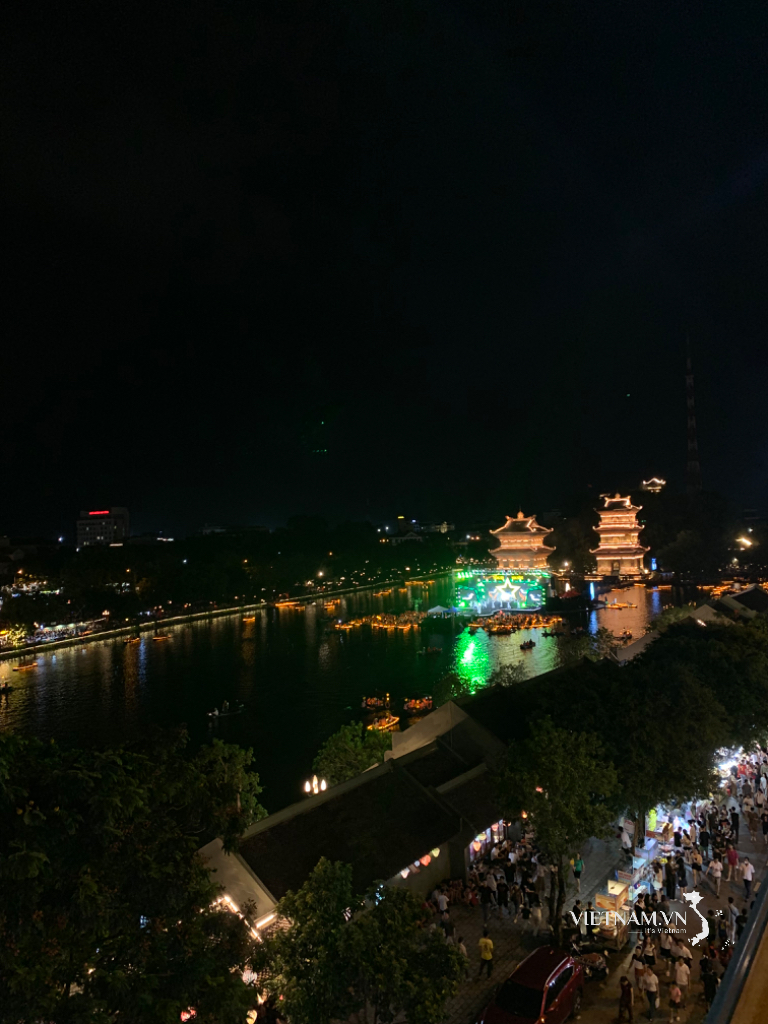

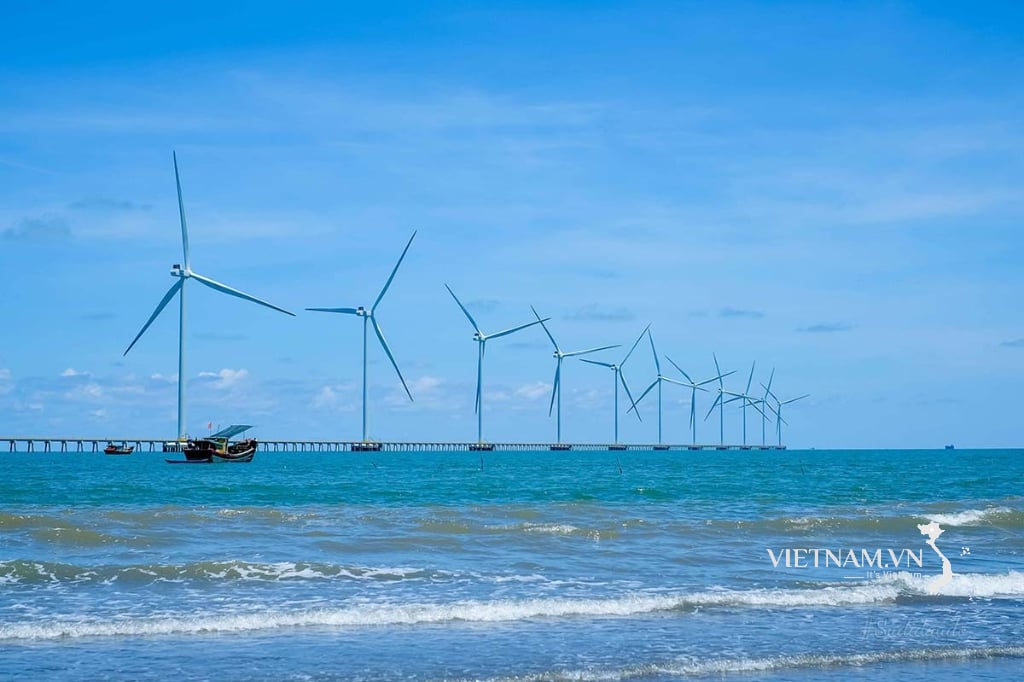
Comment (0)